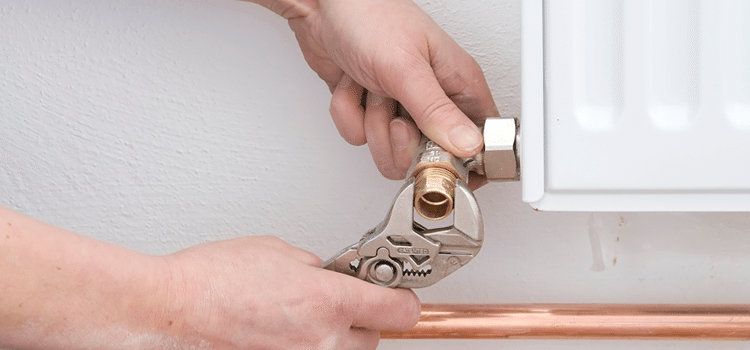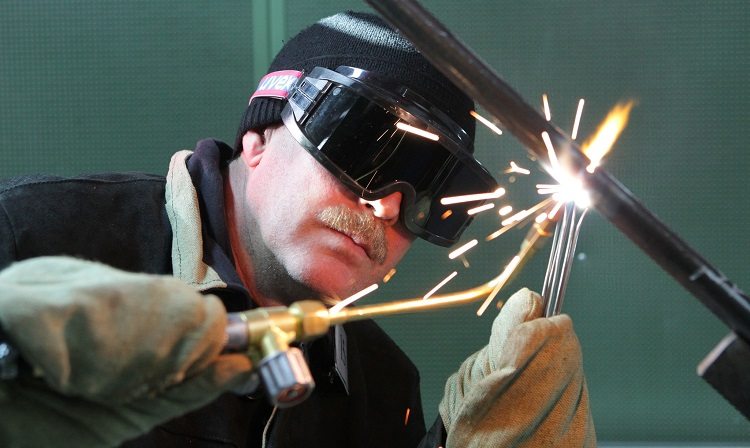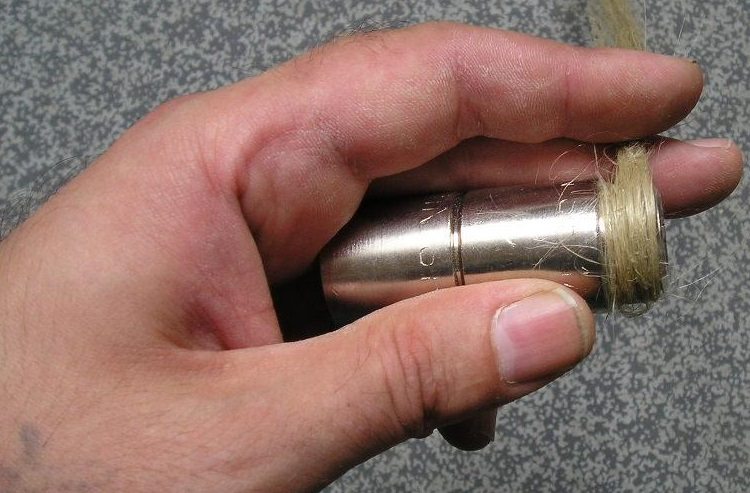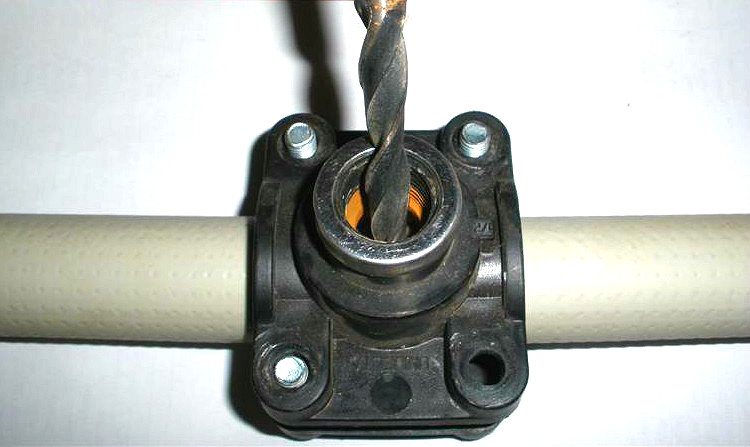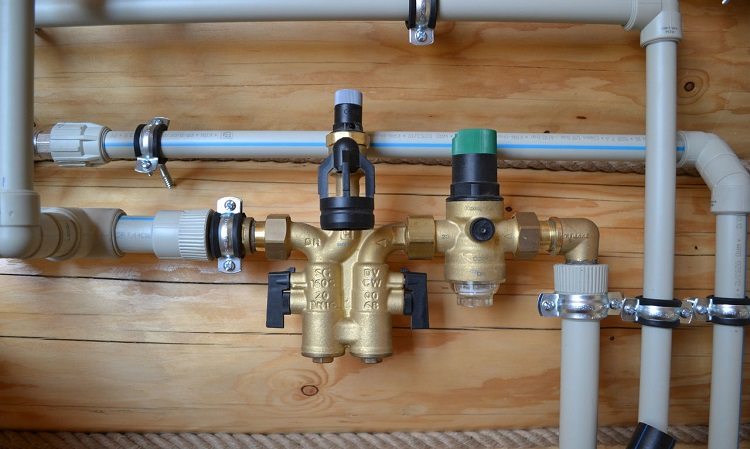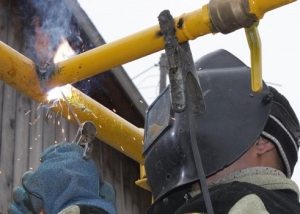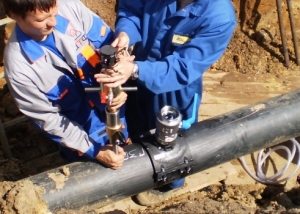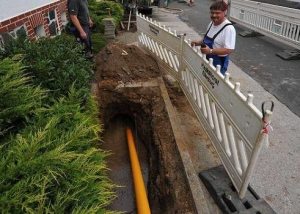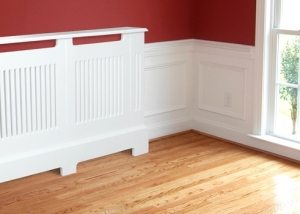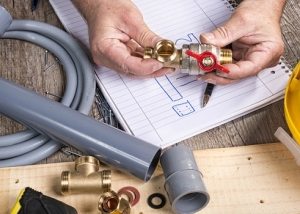Metal coolant supply systems in old houses need at least modernization, or even complete or partial replacement. When it is possible to turn off the heat supply to the heating main, the question of how to cut the pipe into the heating pipes does not even arise - they use the classic welded joint.
Content
Hot welding benefits
The advantage of conventional welding is that the connection can be made in any place convenient for installation, and the metal heating pipe does not need to be specially prepared for this. It is enough to clean the future place of welding from the remnants of old paint and from layers of rust, which is inevitably present on metal pipes.
The insert is made by supplementing the existing heating pipe with an additional heat removal circuit - a pipe is welded, sometimes with a pipe or a threaded transition to the connecting fitting. The configuration of the exhaust circuit can have any structure that is most suitable for the task of ensuring heat removal.
According to the building rules and norms for laying heating networks and heating pipes, all work, including repairs, tapping into the heating pipe and modernization using welding, is customary to be carried out on the main section without a coolant. The pipe is turned off and the remaining water is drained. Next, insert into the system.
Threaded method for heating pipes
Crashing into the system of the main heat supply line, if it is possible to shut off the supply of heated water, is also carried out by the threaded connection method. To do this, you must:
- prepare the main pipe in the place where the insert will take place: carefully clean the pipe to metal, removing the old paintwork;
- outline a place for a future fitting;
- using a “grinder” or a hacksaw for metal, cut off part of the pipe at the installation site of the future branch tee, taking into account the fact that it will be necessary to create mating parts for a threaded connection;
- thread the taps in pipe sections with a tap corresponding to the thread of the fitting;
- using a sealant - most often tow and oil paint - install the mortise fitting, and after drying the paint, test the created connection by feeding the coolant into the pipe under working pressure.
The connection of heating pipes without the use of welding will require the availability of special tools for threading metal pipes, and skills in working with them. It is advisable to invite a certified specialist to carry out work if there is no experience in threading pipes and creating tight joints using tow.
Important! In the warm season, the heating system can be filled with cold water, and this water must be drained from the system.
How to crash into heating pipes without welding
Heating systems in apartment buildings have one peculiarity: it is not possible to turn off the heat supply on the local section of the heating system for work.Inserting into heating pipes without welding is used precisely in such cases and requires some skill in the performance of work.
Not every master is capable of cutting a pipe into a metal heat supply line, without shutting off the coolant supply, quickly, correctly and accurately. Errors when inserting into a heating main, which is under pressure, and any delay in operation promises a large amount of water, which inevitably falls into the room. It is not recommended to insert into heating pipes without coordination with utilities. If there is still a need to carry out such work on your own, in this case a special fitting will help out. The heating main, mounted of plastic pipes, also allows you to easily connect the exhaust channel of a part of the coolant using connecting elements designed for this purpose.
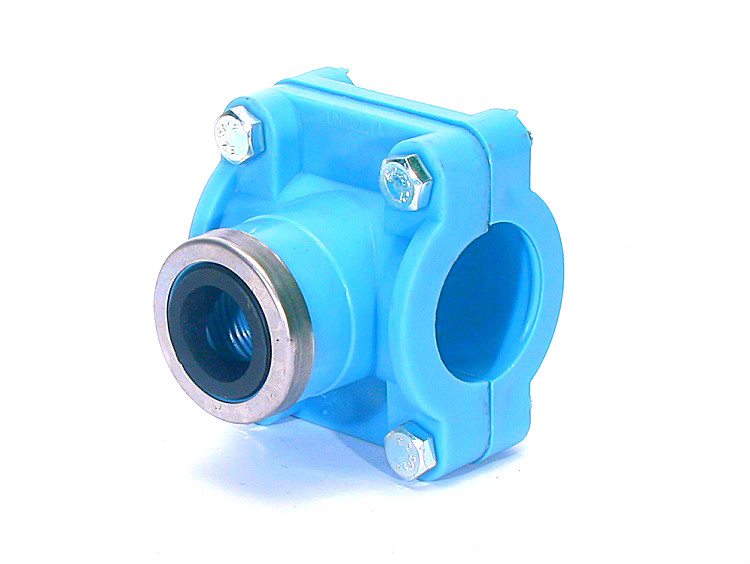
Insertion into heating pipes without shutting off the coolant supply is carried out using a saddle with a threaded outlet
The most common method of tapping into a metal heating pipe without welding is the use of a special fitting, consisting of the following parts:
- a counter flange tightly adjacent to the back side of the insert, supplemented by clamp-type attachment points;
- mounting unit, with strong clamping screws;
- the upper part of the flange, supplemented by a branch pipe, and in some cases a ball valve that blocks the flow of coolant.
The main heat supply line will have to be drilled, but this will only need to be done after installing a special fitting in the place of the future insert. Its cost is high enough, but the connection is considered reliable enough to make a safe insert.
Fitting Installation Procedure
The procedure for fitting installation is as follows:
- The fitting is installed on the main heat supply line. For tightness of the connection, a non-drying sealant is used (it is better to use automotive), resistant to high temperatures;
- Sealant is applied: it must be applied to the inner surface of the fitting in contact with the metal pipe. Where it is planned to drill a hole in the pipeline, there should be no sealant;
- After installation, tighten the screws of the clamping joint, it is important to avoid misalignment of the fitting.
Through an open valve or a branch pipe, a direct insert is made into the heat supply line. A cone drill is used, supplemented by a protective layer, so as not to damage the inner surface of the branch pipe.
Important! It is necessary to supplement the drill shank with a protective sleeve so that the liquid (coolant) from the heat supply line does not get onto the power tool that is being drilled (drill or screwdriver).
Solving the issue of tapping into the heating system, it becomes clear that metal pipes are not the best option. Despite its prevalence, metal pipes have ceased to be a universal and convenient solution for arranging thermal and water systems. They were replaced by a generation of metal-plastic pipes, the advantage of which is that:
- plastic pipes are not subject to corrosion;
- the pipeline of polypropylene components is lightweight and quickly mounted;
- the ability to quickly repair and upgrade the system with your own hands remains;
- no need to use sophisticated equipment for installation and transportation of polypropylene pipes.
Inserting into thin water pipes is carried out using the so-called "saddle" - an outlet fitting with clamping clamps. The clamping clamp is also used for tapping into the sewer system. The basic principle of the “saddle” with clamping clamps is the provision for tapping and connecting to low pressure systems.
For heating mains, especially in high-rise buildings, the use of fragile, cheap fittings is unacceptable. Alteration of internal heating communications will allow you to adjust the level of heat transfer of each heating convector. It is enough to supplement the heating radiators with taps for regulating the flow of coolant and a “bypass” - a circuit for the reverse supply of heated water.
The inset in the heating communication of the collector groups - on the direct and reverse coolant supply lines - allows you to repair or modify the system at any time and without disconnecting the general water supply. The advantage of the collector circuit is that each consumer is provided with autonomous adjustment of the coolant supply level. If you use the multi-circuit principle of connecting heating radiators with a collector group, you can create an economical and unpretentious heating system.
The disadvantage of such a scheme - an increase in the length of the highway - is compensated by the ability to independently upgrade or repair the system without the involvement of specialists.
